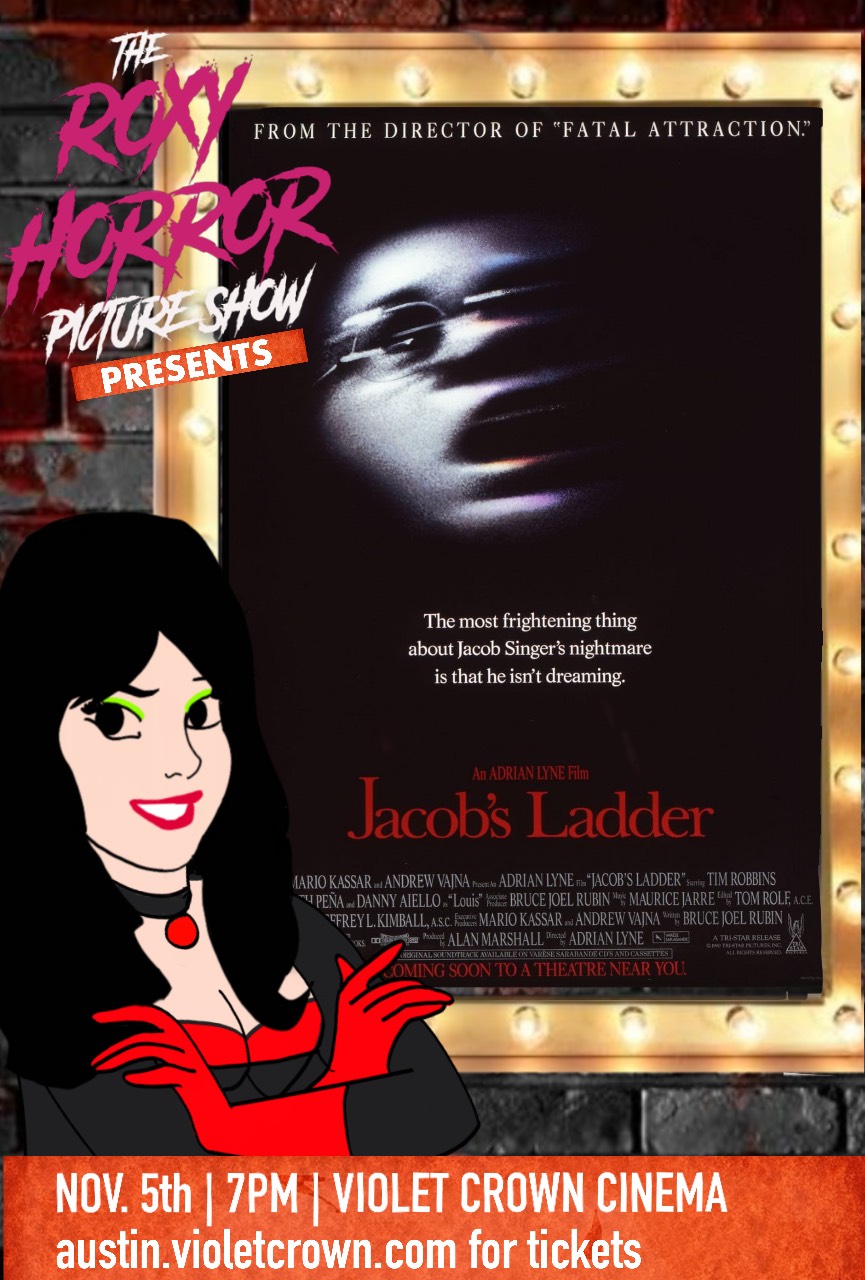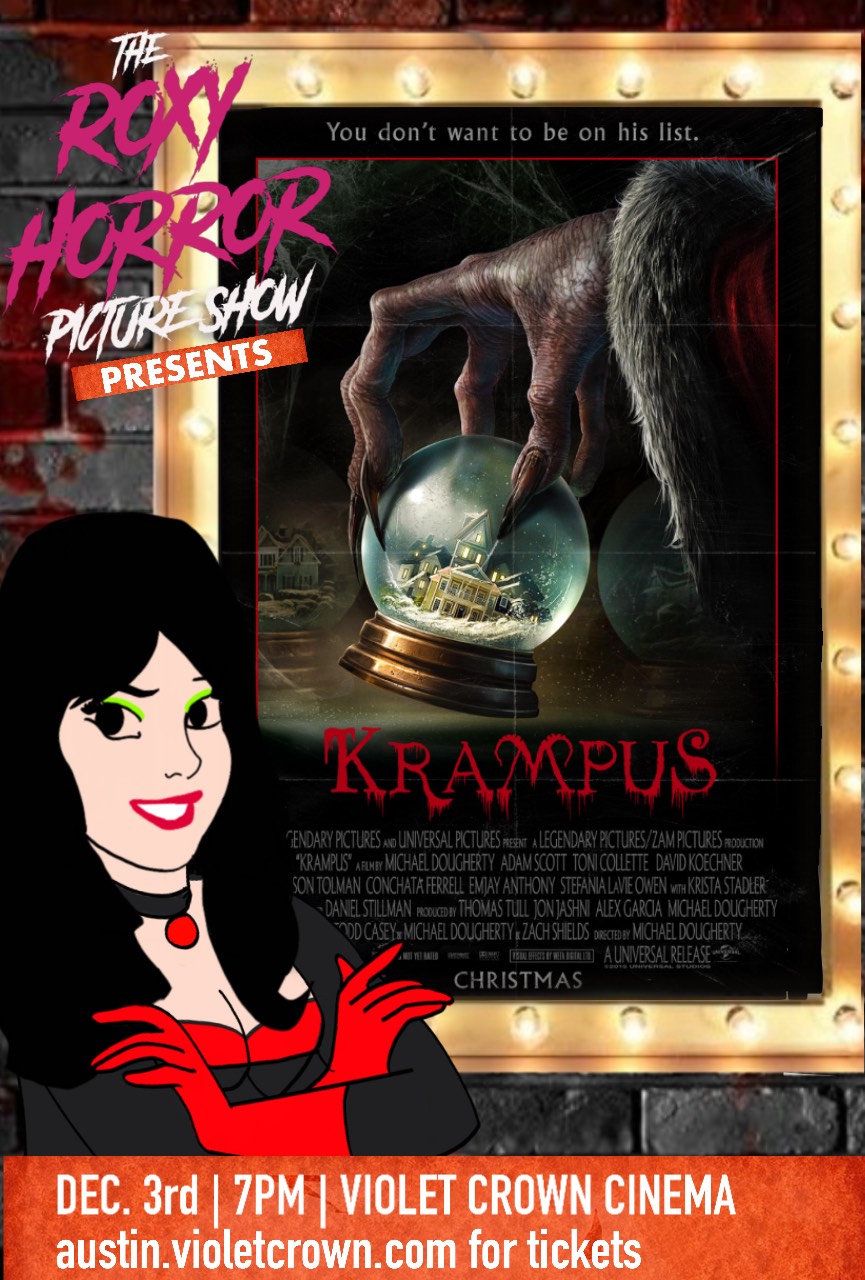There are times when I believe that there are few dissimilarities between the heads of the major Hollywood film studios and The LEGO Movie‘s villainous President Business. As much as we all love movies, we would be fooling ourselves to believe that art and commerce share equal billing on the marquee.
The dogma of any successful business must include at least one commandment on branding. If your company offers a product or service similarly offered by another entity, the strategy becomes to develop a brand that customers will come to know and favor. Teams of advertising experts cast a series of psychological spells designed to create a favorable subconscious association between your company name/logo and positive affective experiences. And then wham, bam, thank you Pavlov…you’ve got yourself a recognizable brand.

To a certain degree, Hollywood has always paid attention to this tenet of consumerism. Popular books have provided the basis of screenplays throughout the course of cinema history. However, the regard for branding wasn’t universal even in this practice as many of these filmic adaptations found themselves bearing titles independent of those of their literary antecedents. More adhesive to this conceit is the early studio practice of signing performers to multi-picture exclusive contracts. They were banking on selling the actors themselves as brands that were inextricably tied to their own.
Cut to the 1980s, the height of American capitalism in many ways. Did anyone really believe that Freddy Krueger and Jason Voorhees were surpassing third, fourth, and fifth sequels because there was a wealth of narrative depth in their struggle to murder every last teenager on Earth? Forget dream-logic curses, desecrated graves, or undead hillbilly rage, the real reason for the perpetual resurrection of these two slasher titans was the audience’s unwavering loyalty to those franchise brands.
Then the video games that were invented in the late 70s/early 80s began to enjoy adaptation to the big screen. This practice is all the more telling of Hollywood’s blind brand obsession, as the vast majority of movies based on video games send us angrily storming up to the box office afterward to demand our tokens back. Let the slashers simmer for a few years, and then new studios further cash in on the various horror brand-chises with remakes. But where this trend reaches critical mass (in that it massively chafes critics), is when the studio system’s developmental Eye of Sauron turns to the toy box.
The true exemplar of creative bankruptcy in Hollywood is their adapting of ACTUAL brands, specifically those of major toy manufacturers, into film. Sure, there were other woeful benchmarks; sequels were still a major currency, sequels sprouted like weeds, and young adult fiction was seemingly placed on an automatic conveyor belt from bookstores to film development without so much as a single exec actually reading them. But about the time G.I. Joe was fully posed into the shape of a summer tentpole movie, it was clear that originality had been shelved.
At one point, we came remarkably close to a turning of the tide. Universal loaded a boatload of money into adapting a popular board game, but to their chagrin, the poorly ballasted Battleship promptly sunk. In its wake, it appeared to drag to a watery death a few other in-development projects that similarly owed their creative roots to the hallowed aisles of Toys ‘r Us. Suddenly Tonka Trucks took a backseat and no longer was any one bending over backwards for Stretch Armstrong. For a shimmering moment, it looked like the trend had died.
God bless the poor, naive optimists.
I remember the distinct sting as my forehead struck the keyboard upon reading the news that there was going to be an honest-to-goodness LEGO Movie. A movie…about LEGOs. The trend hadn’t died, in fact it had filtered down from action figures and board games to building toys devoid of its own characters or even rules to work into the story. Who in the brick-blocky hell would want to take on that assignment? Is there anyone who could even…
And then, half-way through the knee-jerk, a quick scroll down the page revealed two names that immediately set my fears at ease: Phil Lord, Chris Miller.
By this point, having also seen The LEGO Movie, it seems abundantly clear that impossible adaptations are these guys’ forte. Let’s review. They took what was essentially a picture book, and made one of the best animated films of the last decade in Cloudy with a Chance of Meatballs. Then they were given a forgotten novelty of a late 80s teen crime drama and ripped our sides apart with the brilliant 21 Jump Street. These are two of the smartest and most talented creators in the industry, and The LEGO Movie is likely their best work to date (you can listen to our audio review for more details). These two are so adept in this regard, that they actually give cause for at least a moment’s pause when condemning Hollywood’s current obsession.
Lord and Miller are the sole byproduct of the brand recognition schema that justifies its existence. I’m not at all suggesting that Hollywood knew what it was doing when it took the first steps toward the artistic quagmire in which it currently finds itself, but if the work of Lord and Miller is the result, then I’m glad for every muddy misstep. I have a feeling that the uniformity of the projects they’ve accepted over the last few years is no accident. Sure, it could be a simple matter of their demonstrated authority in the area of unenviable property adaptation leading to subsequent projects in the same vein. However, perhaps instead the challenge itself is the spark necessary to light their creative fire.
It may seem a tired chestnut, but perhaps necessity really is the mother of their invention. The task of transforming a two-dimensional (creatively) property into a (literally) three-dimensional film, if it is to work, requires a substantial outside-the-box approach. Yet films with more standard bases, films the like of which we see over and over, are so entrenched in formula that the screenwriting process can become rote. By instantly having to attack a difficult roadblock right at the onset, Lord and Miller free themselves up to bend, break, or even change the rules. One such moment at the end of The LEGO Movie, wherein the origin of their established LEGO universe is revealed, is precisely the type of self-aware, highly-evolved imagination that is absent in films adapted from more conventional media.
It’s very much like the Lars Von Trier film The Five Obstructions. Hollywood is the Von Trier to Lord & Miller’s Jørgen Leth; constantly challenging them with apparently more and more impossible material to convert into a film, while they grow as artists in the process. That’s not to say that everyone operating under these constraints will inevitably figure out how to make effective use of them, but frankly, at this point, I want this otherwise uninspired studio trend to continue JUST to see what these two movie MacGyvers are able to next accomplish. Dunkin Donuts: The Movie. Go!
What’s entirely appropriate about Lord and Miller writing and directing The LEGO Movie is that product itself is microcosmic of their greatest strength as filmmakers. Much like a tabletop covered in an imposing sea of tiny building bricks, these guys can stare down any unideal subject for adaptation, step back from the table, and figure out exactly how all those pieces will fit together to construct something unique and wonderful. And like most true LEGO maniacs, these guys excel when the challenge is greatest; when there exists no set of instructions for step-by-step construction.
Not everything about the Hollywood obsession with brand recognition is awesome, but with luminaries like Phil Lord and Chris Miller continually creating innovative, intelligent, and thoroughly entertaining fare, maybe it’s not all bad either.






